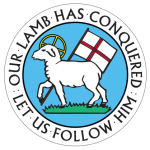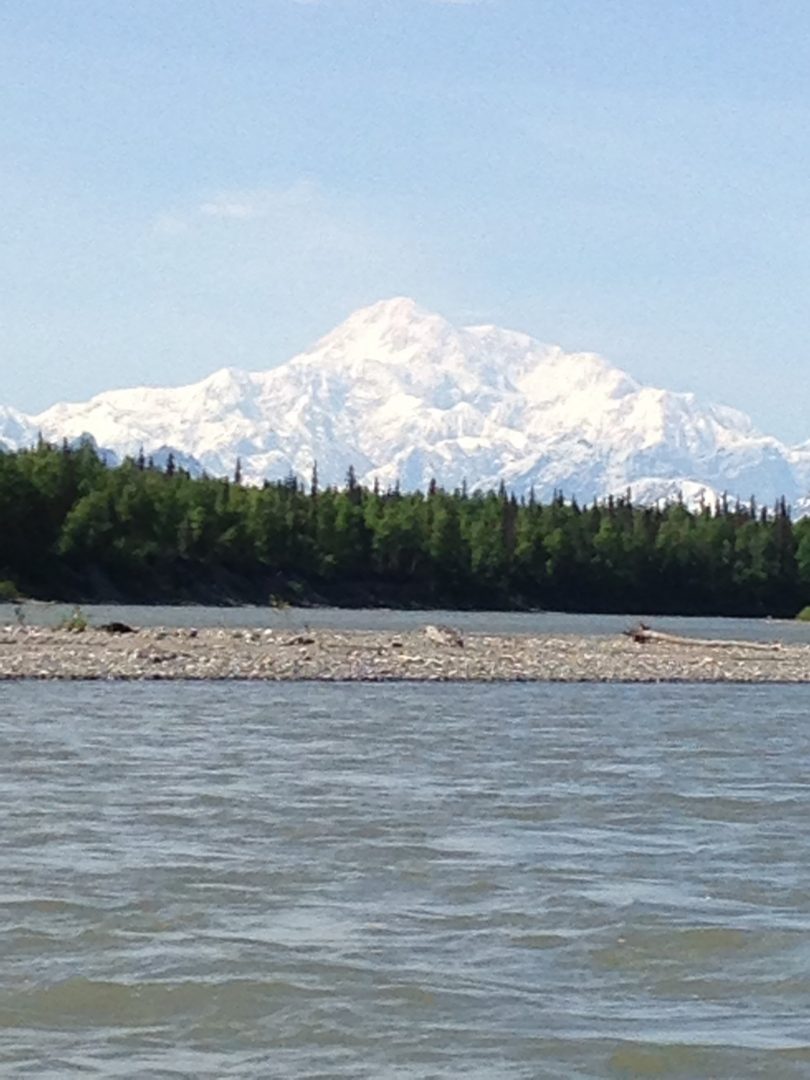The evening light was fading. David added wood to the fire and lit a lamp so he could finish his diary entry. Susan, sitting by the hearth, added the final stitches to yet another patch on his coat. Chuckling to himself, he thought of how many times she had made repairs… it was now more patch than coat. They had married in Bethlehem during his last trip back east, that had been almost 23 years ago. David could not believe how quickly those years had passed, or how he had managed during those early years without her help.
The Zeisbergers had a pleasant surprise earlier that day, his old friend and collogue John Heckewelder and his wife Sarah had walked from Gnadenhutten to see them. David, John and Billy Killbuck had sat all afternoon reminiscing while Susan and Sarah spent the day visiting around the mission village. It had been good day.
David’s mind drifted back to those last years before they had been forced to leave the valley. The Delaware Council had struggled after the death of White Eyes. Killbuck and the surviving chiefs tried to hold the nation together, but the influence of the British and other tribes was too strong. Soon the streets Coshocton and Lichtenau were filled with warriors traveling to and from their frontier raids. Most Delaware had sympathized with the British, only Killbuck and a handful of his followers remained loyal to the Americans.
Life in Lichtenau finally became unbearable and the mission was closed. John Heckewelder moved the remaining converts to a new village called Salem, just a few miles downriver from Gnadenhutten. The move brought new hopes that they could weather the remainder of the war and look forward to the return of peace.
Unfortunately, they would have little more than a year in their beautiful mission towns. Late in the fall of 1781, Half King of the Wyandot and Captain Pipe arrived with a small army of warriors. Under orders from the British at Detroit they conducted the missionaries and converts on a forced march to Upper Sandusky; the place became known as Captive’s Town. Nearly starving, several groups returned to the Tuscarawas Valley that winter to collect corn still standing in the fields. Devastating news came to Captives Town in late March, a large group gathering corn at Salem and Gnadenhutten had been taken prisoner by an American militia. Falsely accused of supporting raids along the frontier, a mock trial was held and they had been executed. The few working at New Schoenbrunn had escaped, but nearly a third of the mission congregation, men women and children, had been killed.
After the tragedy at Gnadenhutten many of the remaining converts drifted away, some went to live among the Shawnee, other to relatives living along the Wabash. The mission moved many times over the next 16 years. Wandering across Michigan and northern Ohio, they finally settled along the Thames River in Canada; their new village was called Fairfield. Some of those who drifted away returned during those years, for others, their names would never again appear in the mission diaries.
Killbuck and a few of his followers had moved to the area of Fort Pitt, in support of the Americans, at about the time the missions were forced to Captive’s Town. His decision to side with the Americans had made him an outcast in the eyes of many among the Delaware. Finally, as conditions in the Ohio Country devolved, Killbuck made a decision he had been considering for some time, he and his family joined the Moravians. Killbuck was baptized with the name William Henry, in honor of a man who had once saved his life.
During the years of the “Wandering Mission”, Brother David and William Henry had become close friends. When their little group left Fairfield and returned to the Tuscarawas Valley in 1798, “Billy Killbuck” had accompanied them. The Goshen mission was small, nothing to compare with the earlier missions here on the Tuscarawas. Still, there were other missions, Fairfield seemed to be growing and then there was the new mission on the White River in Indiana Territory. Letters from Bethlehem told of great work being done in the Caribbean, Labrador and beyond.
David’s thoughts returned to his diary. Looking out his window, the Goshen mission house was silhouetted against the last fading orange of the late autumn sky. His entry complete, Brother David closed his diary and blew out the lamp.
***
John and his wife Edith stood at the railing and watched as the shore of the Kuskokwim River seemed to glide past their boat. The newlyweds were on their way to the site of a new Moravian mission that they were to establish among the Yup’ik of southwestern Alaska. John had just graduated from seminary in Bethlehem, the first member of the Delaware Nation to be ordained as a minister.
John wondered what trials life among the Natives of Alaska would bring their way. Smiling, he thought that he and his new bride were probably better prepared for the challenges than most. Edith was the daughter, and granddaughter, of Moravian missionaries and had been a teacher in mission schools. He was the great-grandson of a Delaware chief.
John Henry and Edith Killbuck would spend most of their adult lives serving the Native peoples of southwestern Alaska. Working alongside many other missionaries, including Edith’s brother, Dr. Joseph Romig and his wife Ella, they established a mission center that would become Bethel, Alaska.
The mission continues!
-written by Seth Angel of Frys Valley Moravian Church







